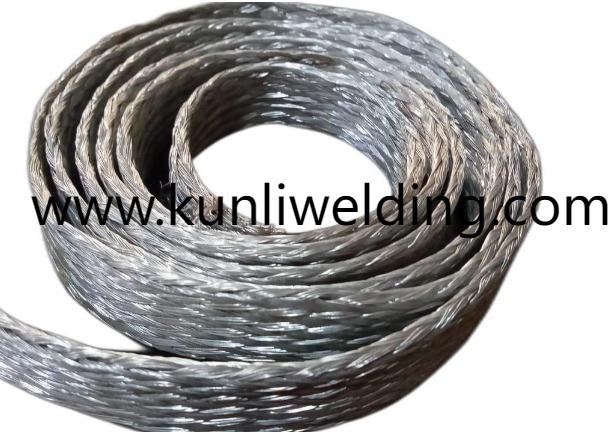In coastal fabrication yards and offshore repair docks, the right filler metal can make the difference between a quick, reliable repair and repeated rework. For many fabricators the phrase Aluminum Welding Wire ER5087 appears early in specification conversations because it is often chosen where weld strength, crack resistance, and service durability are priorities. Selecting ER5087 should be a practical decision, guided by joint type, loading conditions, finishing requirements, and shop capabilities.
ER5087 is frequently considered for structural welds that must bear dynamic loads or occasional impact. In platforms and support structures where vibration and cyclic stress are routine, the filler's deposition behavior helps create welds with a balanced mechanical profile. That balance matters when engineers want to avoid brittle weld zones or stress raisers that could initiate fatigue cracks under repeated loading. In such contexts, ER5087 is a practical choice for reinforcing brackets, gussets, and repair overlays where maintaining geometry with limited post weld straightening is important.
Corrosion and finish acceptance are central concerns in marine settings. Welded joints are only as durable as the finishing systems applied after welding. ER5087's weld metal tends to accept protective coatings and sealants predictably when proper surface prep and finishing overlap are observed. Integrating finishing teams early in the planning stage ensures that bead profile and heat affected zone extent fit the chosen coating method, making field inspections and lifecycle maintenance more straightforward for owners.
Repair scenarios offer another clear use case. Emergency patches and structural repairs in docks or at sea demand a filler that is forgiving in confined positions and that deposits reliable metal without extensive rework. ER5087's feed and deposition characteristics often make it suitable for manual welding and semi automated repairs where access is constrained. Preparing a small pilot patch and recording the exact welding parameters reduces the uncertainty that comes from spool changes or different operator techniques.
Fabrication and repair shops must manage heat input and sequencing carefully when using ER5087 on thicker sections. Multi pass welds should be planned with interpass controls to avoid excessive build up of residual stress. Shorter runs and staggered welding sequences across panels help minimize distortion and preserve part alignment. For dockside repairs where fit up can be imperfect, tack spacing and temporary clamps contribute to holding geometry without creating concentrated thermal stress.
Feed reliability and handling at the shop level are practical enablers of consistent results. Check drive roll profiles, liner compatibility and spool condition before a production run. A brief bench feed in the actual feeder path will reveal feed hesitation or nesting that otherwise appears only during production. Photographed pilot beads along with recorded drive roll and power settings form a concise acceptance record that speeds supplier tracebacks if an anomaly occurs later.
Inspection and traceability practices help translate good welding into predictable service life. Document spool codes and link them to the pilot bead photo and the applied welding parameters. Spot non destructive checks on critical seams and include the heat affected zone in coating adhesion tests. These steps give quality teams objective evidence to schedule maintenance intervals and prioritize inspections based on documented in service performance rather than on calendar assumptions.
Environmental logistics also affect material choice. When supply chains tighten or transit conditions vary, choose suppliers who demonstrate robust packaging and handling guidance so coils arrive feed ready. Protective inner wraps and clear spool marking reduce the risk of contamination that causes porosity and weak fusion. In high tempo repair operations a supplier that offers handling notes and suggested starting parameters shortens qualification time and lets crews focus on the repair rather than the consumable.
Training and operator discipline minimize variability across shifts. Small differences in travel speed stick out or torch angle change bead geometry and residual stress patterns more than marginal alloy differences. Short refresher sessions that align teams on the pilot sample and a concise acceptance checklist preserve repeatability and reduce rework when spools are changed midproject.
Finally, consider lifecycle and repairability when specifying fillers for long lived assemblies. Joints that are welded and finished to receive robust coatings and that have clear documented parameters for repair reduce long term maintenance cost and complexity. ER5087 is often specified where those lifecycle considerations align with the need for higher deposited strength and consistent finishing outcomes.
Choosing whether to use ER5087 should be a collaborative decision among design, procurement, and shop teams. When structural demands, exposure conditions, and repairability are key factors, ER5087 can be an appropriate choice if combined with careful heat management, documented pilot testing, consistent feeder setup, and coordinated finishing. For product information, handling notes and application guidance that help teams qualify and apply ER5087 in marine and offshore contexts, consult the technical resources available at www.kunliwelding.com .



